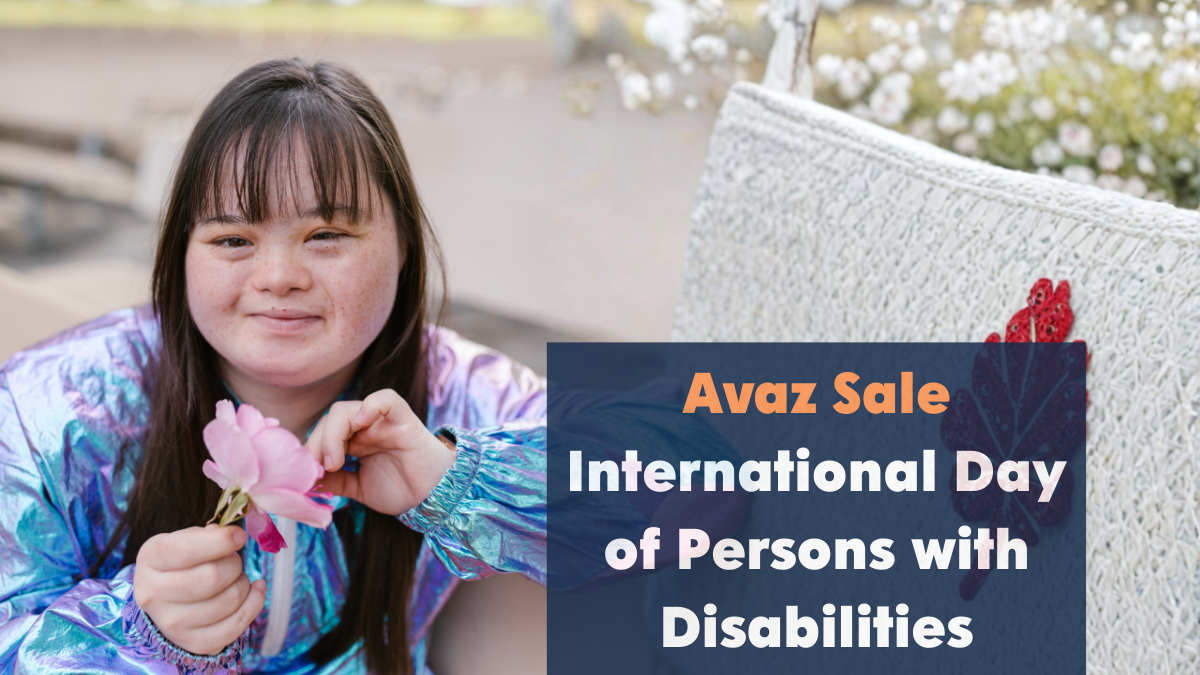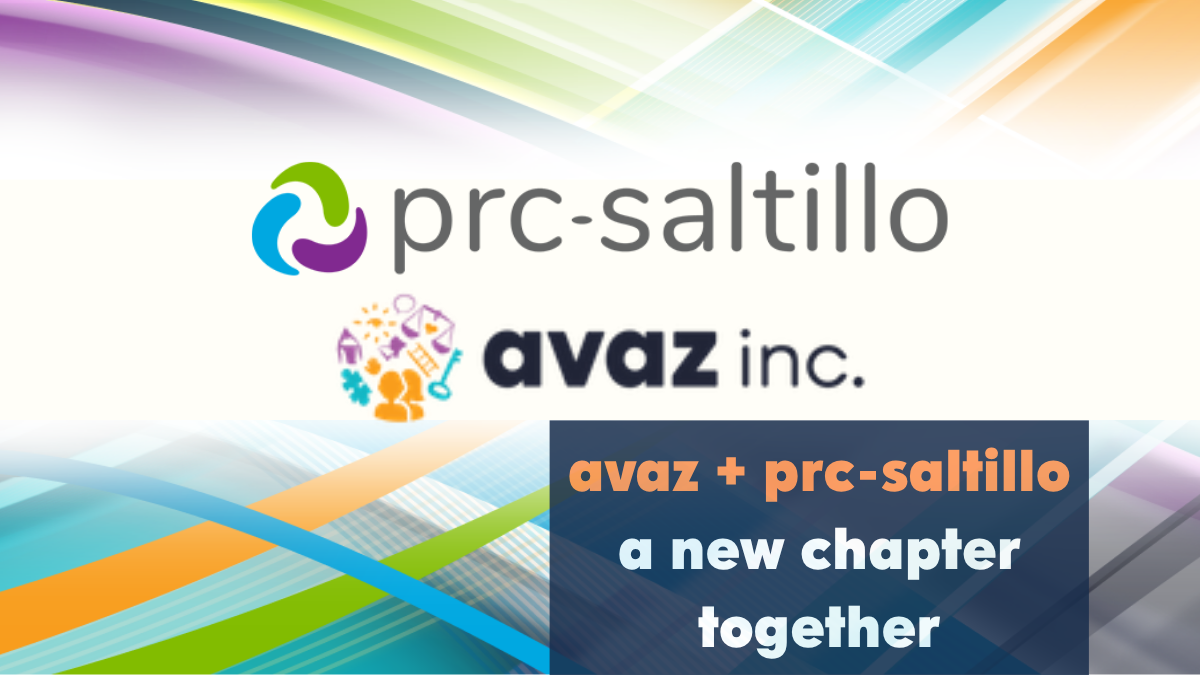

It is widely believed by researchers that the primary reason that kids with autism find communication and language complex, is because of so-called “processing issues”. When a child is exposed to language at a volume and rate which typically-developing adults are comfortable handling, the child would find it immensely complicated to “decode” these words into meaning. This is true of both spoken language and written language, though the latter is somewhat less stressful (for literate children) because they are able to take their time to decode it.
“First-hand accounts of persons with autism who have developed literacy and language tell us that they perceive speech as a ‘wall of sound’ that comes at them too fast for them to make sense of.”
While speed is one of the dimensions that inhibit language acquisition, the other is the innate abstractness of language. Every human language features words, which are fundamentally almost “random” combinations of sounds that, processed together,represent some object or action in the real world. A word like “water” has absolutely no
relation to the liquid that it represents. Again this is true of both spoken and written language.
To remember and decode language requires the brain of a child with autism to simultaneously understand a huge variety of sound or alphabet patterns, and convert to and from these patterns in real-time. The typically-developing brain learns to do this effortlessly; not so the brain of a child with autism.
That’s why many kids with autism, even if they do communicate, can only identify words, or at best, imitate and articulate them repeatedly. They are not able to “play” with them, manipulating them to create sentences, as others are able to. Not only does this inhibit communication — it prevents them from moving up the ladder to higher applications of communication, such as building social relationships and academics.Most interventions focused on providing alternative forms of communication to kids with autism, focus on providing an alternative pathway by which a child can learn language without the abstractness of words. And over the last several decades, one technique that has worked very well is to use pictures (instead of sound sequences or alphabet sequences) to represent words. A child with autism appears to be able to process, memorize and recall a picture of water much more easily than they are able to do the same with either its pronunciation or its spelling.
Most children with autism are primarily “visual learners”, and we can use the visual pathways of the brain to bypass, as it were, the verbal pathways.
This gives the child the ability to communicate. Though the child is not communicating verbally, they are able to express themselves accurately and autonomously using pictures. This provides the gateway for them to communicate in a variety of environments, with a variety of communication partners. And research has shown that this spurt in communication can actually facilitate, not inhibit, natural speech development in those children who do eventually become verbal.



